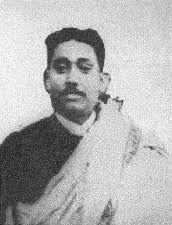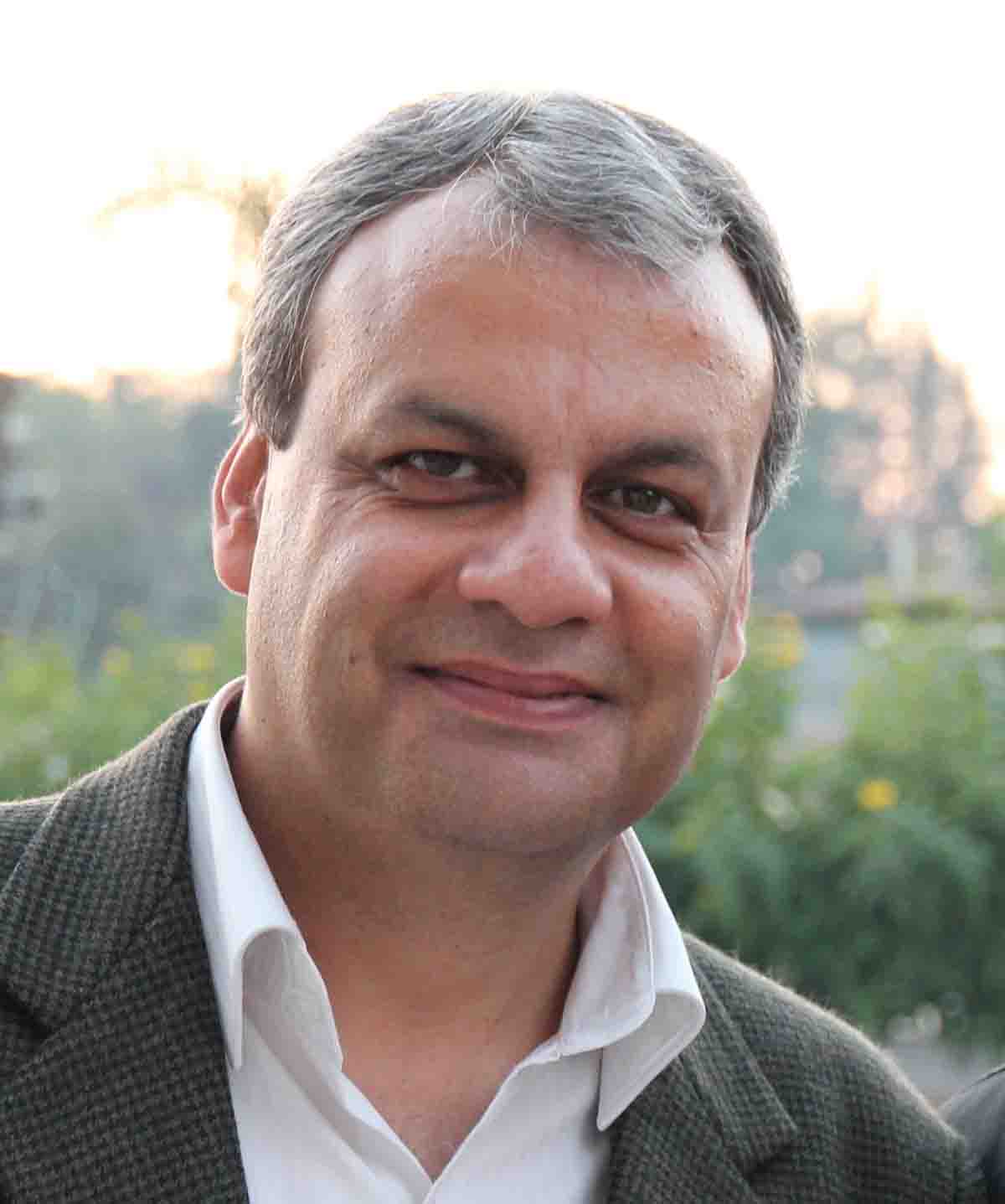HILLBILLY : A revolutionary in the Doon Valley

 Lokesh Ohri
Lokesh Ohri
This Independence Day may have passed but we can still remember Rash Behari Bose, the revolutionary who shook the British Empire, while working for the Imperial Forest Research Institute, then a British institution in Dehradun.
The Doon Valley, tucked away in the Himalayas, was always a haven for the British. Even during the 1857 revolution, the valley, very close to Meerut and Delhi, along with its adjoining hill station of Mussoorie, had remained calm. Indeed, many British families had sought shelter here from the turmoil in the neighboring districts. Emboldened by its relative peace, the British developed the Doon Valley into an institutional town. Several significant and sensitive institutions, like the Forest Research Institute, Survey of India, The Railway College (which later became Indian Military Academy), The Prince of Wales Royal Indian Military College (now RIMC), The Naval Hydrographic Office, among others, were subsequently set up here. These institutions of learning, however, also attracted young Indians keen on imbibing scientific ideas of the west. These young people, while curious to learn, were also imbued with a yearning to free their motherland from the shackles of foreign rule.
One of them was Rash Behari Bose, a revolutionary whose life should be an example for the youth of India. Born in Subaldaha village in Bardhaman district of Bengal, he was also adept at the martial art of Lathi Khela. The French Revolution had left a deep imprint on him, kindling hopes for freedom for India. Overcome with the revolutionary spirit since an early age, as a young man he left Bengal to join the Government Press in Shimla on his father’s wish. As a copyholder in the press, he was able to master the English language and typesetting. Later he worked in Kasauli but stayed connected with revolutionaries in Bengal. After being implicated in the Alipore Bomb Case of 1908, he left for Dehradun and joined as a guardian tutor in the home of Pramantha Nath Tagore. Despite the charges against him, due to his language and printing skills, he soon found work in Dehradun’s Imperial (at the time) Forest Research Institute as a head clerk.
In Dehradun, through Amarendra Chatterjee of Jugantar, a revolutionary group led by Bagha Jatin or Jatin Mukherjee, he secretly got involved with the revolutionaries of Bengal and also came across eminent revolutionary members of the Arya Samaj in the United Provinces (currently Uttar Pradesh) and the Punjab. Even while working in a British institution, Bose was constantly thinking of revolution.
Bose was a master of disguise, because of which he managed a long enough tenure at the Forest Research Institute. In fact, he soon won everyone’s trust to be considered above suspicion and gained easy access to chemicals at the laboratories of the Institute. Some of these he would regularly smuggle out in biscuit tins to his friends who lived in an outhouse of the sprawling Tagore Villa on Chakrata Road. In fact, the area was so quiet at the time that they managed to even test their bombs in the Litchi orchards. Soon he applied for a thirty-seven day leave from FRI, and his application is today proudly displayed in the FRI archives.
On the chilly and crisp morning of December 23, 1912, when Delhi was decked up to welcome the then Viceroy Lord Hardinge as the capital of India was being transferred from Calcutta (now Kolkata) to Delhi, atop a building in Chandni Chowk, a petite woman stood quietly with the crowd, awaiting the arrival of the viceroy. As the official’s bedecked elephant arrived, she hurled a bomb at it. Basant Biswas, a young boy of sixteen years, had dressed up as a woman and thrown a crude bomb at the elephant carrying the viceroy. Hardinge escaped the attack, but with several injuries. Rash Behari was the mastermind behind the attack. He had helped make the bomb and accompanied Basant to ensure the explosion. After the blast, Bose returned to Dehradun the next day and nonchalantly resumed his duties at the Forest Research Institute. He even joined employees at the institute in organising a reception for Hardinge when, after having recovered, the viceroy visited the institute!
But when fingers began to be pointed at Bose and murmurs began to make the rounds about his role as a militant revolutionary, a three-year cat-and-mouse chase through north India ensued. Some suggest that in the days after a reward of Rupees one lakh was placed on Bose’s capture by the police, he travelled in a train and sat right opposite the police chief commissioner, to finally escape from India to Japan in 1915.
In Japan, Bose found shelter with various Pan-Asian groups. From 1915-1918, he changed residences and identities numerous times, as the British kept pressing the Japanese government for his extradition. He eventually married Toshiko Soma, the daughter of owners of Nakamuraya Bakery in Tokyo in 1918 to acquire Japanese citizenship and avoid arrest. He quickly learnt to write and speak fluent Japanese. Bose’s contribution to the food culture of Japan is also equally interesting. After his escape, the British wanted Japan to extradite him, but subsequent hostilities between the two countries gave Bose a safe haven. The wealthy Soma family hid him in the basement of their Nakamuraya Bakery, where he worked with the chefs to create an Indian curry that is still quite popular in Japan with six billion servings annually. Though more expensive than the usual British-style curry, it became quite popular, with Rash Behari Bose becoming well-known as “Bose of Nakamuraya”. He became a Japanese citizen in 1923, living as a journalist and writer. Bose, who was eventually granted Japanese citizenship, passed away in 1945 at the age of 58. It was in Japan that the seeds of the Indian National Army were sown and nurtured. In 1942, Bose established the Indian Independence League, an army that would fight for India’s freedom from British rule. He subsequently handed over the reins to Subhash Chandra Bose, who developed it as the Indian National Army or the Azad Hind Fauj. Therefore, it was Rash Behari Bose who was instrumental in getting Subhash Chandra Bose to become the commander of the INA. “Gandhi is a person whom I respect but he is an Indian saint and a person of yesterday, whereas Subhas Chandra Bose is the person of today,” he once said.
Credited as one of the brains behind the Ghadar Movement, Bose had a prolific life and fearless attitude that Indian history has largely left out of its narrative. His journey from Dehradun to Tokyo reminds us of a life lived dangerously albeit in the service of the motherland and for the cause of freedom. Men like Rash Behari Bose need to be commemorated as true sons of the soil.
(The author is a writer, traveler and anthropologist who lives in the Himalayas; views expressed are personal)






